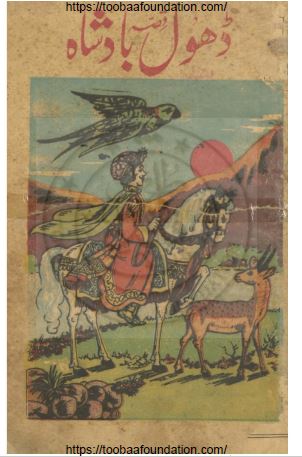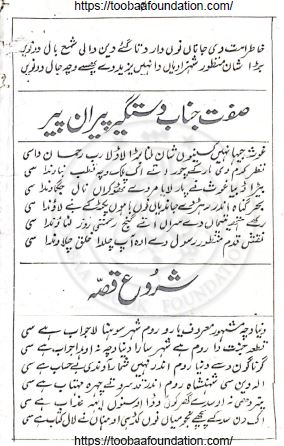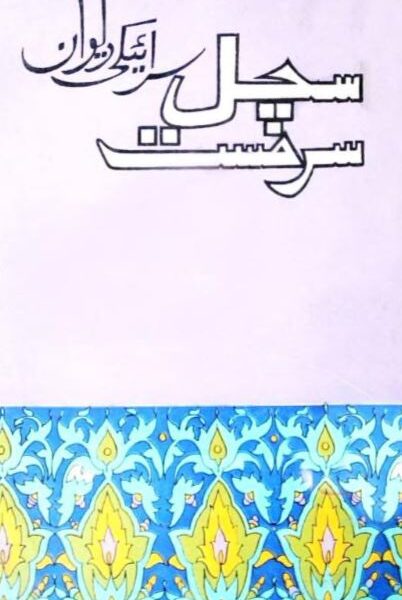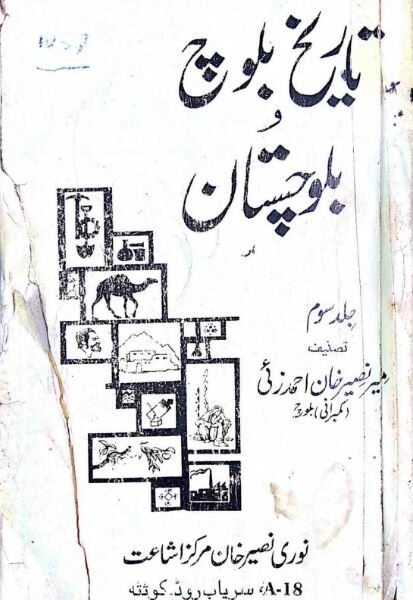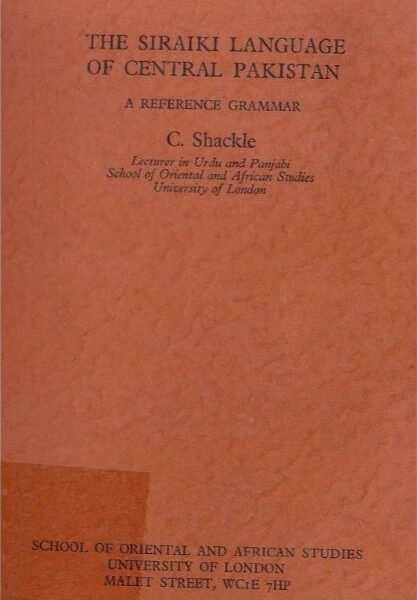- help@toobaafoundation.com
-
The Now Habit
“The Now Habit” by Neil Fiore – Book Description:
The Now Habit: A Strategic Program for Overcoming Procrastination and Enjoying Guilt-Free Play is a powerful self-help book by psychologist Dr. Neil Fiore. It offers a fresh, practical approach to defeating procrastination—not by forcing productivity, but by addressing the root causes such as fear, perfectionism, and self-doubt.
Rather than promoting more rigid schedules or guilt-based motivation, Fiore introduces techniques like the “Unschedule” and “Guilt-Free Play” to help readers build a balanced mindset. His method focuses on developing a positive self-image, reducing anxiety around tasks, and creating a sustainable work-life balance.
Backed by psychology and real-life examples, The Now Habit is perfect for students, professionals, creatives, or anyone struggling with putting things off. It helps transform procrastination into productivity with compassion, clarity, and confidence.
Let me know if you want a shorter version, a review-style summary, or key lessons from the book!
-
Donghy Soty Punjabi Poetry Book By Malik Ghulam Farid
Donghy Soty Punjabi Poetry Book By Malik Ghulam Farid
-
Mannerism style and civilization
Includes bibliographical references (pages 207-208) and index
-
Bhaag Suhaag Farid – Saraiki
Saraiki poetry of Khwaja Ghulam Farid, with commentary
-
Muarif E Saraiki By Syed Noor Ali Zamin Hussaini
This book is the work of Syed Noor Ali Zamin Hussain who lived and then served as irrigation engineers for many years in Bahawalpur and different parts of erstwhile West Pakistan.
-
The Siraiki language of Central Pakistan: A reference grammar
Christopher Shackle, Professor Emeritus of Urdu and Punjabi at SOAS, University of London, has authored a groundbreaking reference grammar of the Siraiki language. This work goes beyond linguistic structure; it affirms Siraiki as a distinct cultural and linguistic identity for millions in Pakistan.
Through detailed exploration of the language’s history, regional varieties, and its interaction with neighboring tongues, the book offers a well-organized and scholarly perspective—making it an essential resource for linguists and enthusiasts alike.





